Camping
Olympic National Park Camping | Survival Life National Park Series
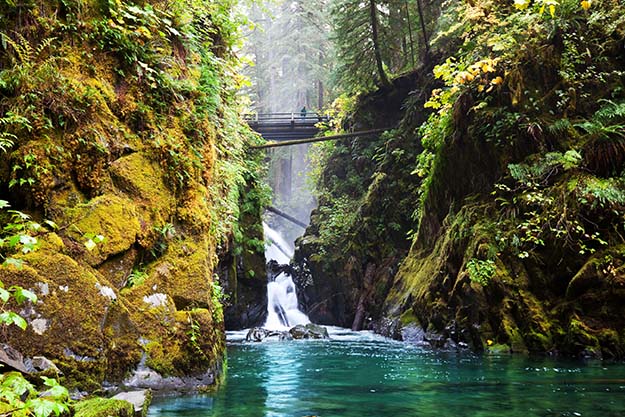
Thinking about an Olympic National Park camping trip? What are you waiting for?
If only one word can be used to describe Olympic National Park, it would be isolated. Because of this, the park has become popular for having diverse ecosystems from alpine peaks and meadows to a very old forest. Perhaps it is the remoteness that makes the park so appealing; a chance to get away from the hustle and bustle of the city life and just listen to the sights and sounds of nature, untouched for millions of years.
About Olympic National Park: Quick Facts
- The 1,441-square mile park takes up most of the land area in the Olympic Peninsula.
- It was established as a national park on June 29, 1938.
- Olympic National Park is located in Washington State’s northwest corner.
- The park is home to the Roosevelt deer, the world’s largest deer.
- The density of wildlife in Olympic National Park is higher compared to a tropical rainforest.
- The 8,000-foot Olympic Mountains get about 33 feet of snowfall every year.
- 13 feet is the annual average rainfall at the Hoh Rainforest.
- 73 mile of pristine, beautiful beaches surround the coastline of Olympus National Park.
- There are over 600 miles of hiking trails in this park.
- Olympic National Park is on the list of UNESCO’s World Heritage sites.
Preparing for an Olympic National Park Camping Trip
There is no doubt about the beauty and splendor that awaits every visitor. However, the park is a remote and wide area. So if you are planning an Olympic National Park camping trip, it is necessary to make the right preparations.
Campgrounds
Peak season is between June and September. Book reservations early at Kalaloch Campground and wilderness camping areas. If you weren’t able to reserve, then settle for the first-come, first-served camp sites.
Time and Distance
There is just no way around it, Olympic is a very large park. Plus there are no roads that run across the vast space. Plan your activities with this in mind. To make it easier, check the mileage chart.
Cellular Coverage
An Olympic National Park camping trip is ideal for those who want to experience disconnection from their world. There is no cell service in the majority of the park. If you want to stay in touch while away, a satellite phone would be necessary.
Weather
The weather in Olympic is just as varied as its wildlife, terrain and ecosystems. It is also unpredictable. The park is also known for its Rain Shadow Effect, where storms coming from the Pacific Ocean are blocked turning into rain. As a result, the western side of the park gets four times more rainfall compared to the eastern section. In addition to checking out the weather, it is recommended to pack for different weather conditions to ensure your Olympic National Park camping trip will be enjoyable.
Pets
You can bring your pet along if it is on a leash. Pets are allowed in the picnic areas, campgrounds and parking areas. You can also take them with you to the Madison Falls, Peabody Creek, and Olympic Discovery Trails. All Kalaloch Beaches are open to pets as well. Apart from checking out the park’s rules on pets, owners are discouraged from leaving their pets alone and to clean up after them.
Safety
Whether a prepper or survivalist, Olympic offers great opportunities to try out your skills. However, the park can be unforgiving to those who are not prepared to deal with the inherent characteristics of the wilderness. You will need the right clothing and equipment as well as be strong and healthy. The wildlife will not be your only hazard; you also have the weather and the terrain. Always think safety in everything you do in the park.
What to Pack for an Olympic National Park Camping Trip
CLOTHING, OUTERWEAR AND GEAR:
__ Waterproof Jacket & Pants – Must be sturdy to withstand wilderness conditions.
__ Pants – 1 -2 pairs of quick drying nylon or other synthetic is best.
__ Insulating Tops – 1 heavy sweater or fleece jacket, 1 lighter top made of fleece or wool.
__ Long Sleeve Shirt – Lightweight shirt for protection from bugs and sun.
__ T-shirts – 2-3 quick drying synthetics are best, cotton is okay.
__ Shorts – 1-2 pairs of shorts. At least one pair should be made of quick drying nylon and can double as swimsuit.
__ Swimsuit
__ Underwear – Enough underwear to keep you happy.
__ Hiking Boots – 1 Pair of light-duty boots or outdoor tennis shoes. Be sure they are broken in before the trip.
__ Socks – 2-3 Pair of wool or polypropylene are best, cotton will not keep you warm if wet.
__ Sun Hat and Warm Hat – One sun to protect from rain and sun. One stocking hat for cool weather.
__ Water Bottle – Plastic or metal water bottle or canteen.
__ Sunglasses – A sports strap to hold them on is helpful.
__ Small Day Pack or Dry Bag – A small day pack or dry bag to carry items you’ll need during the day.
__ Toiletries – Toothbrush, toothpaste, soap, etc.
__ Sunscreen & Lip balm – Make sure it is at least 15 SPF.
__ Medications – If losing your meds would cause you great discomfort, consider bringing a second set and giving
one to your trip leader as a backup. Store in waterproof containers.
__ Insect Repellent – Avoid using aerosol cans.
__ Money – You are responsible for extra meals, maps, souvenirs, etc. while on the road.
OPTIONAL CLOTHING AND EQUIPMENT:
__ Bandanas – 2-3 Bandanas used for a variety of things including marking your bags, washing up, etc.
__ Gloves – One pair of lightweight wool or synthetic.
__ Diary/Book
__ Camera – Store in padded, waterproof/plastic bag or case.
__ Several Plastic Bags – They always come in handy, especially to organize your gear
List courtesy of Wilderness Inquiry
What to Do in Olympic National Park
Now that you’ve prepared and packed for your trip, it’s time to explore some of Olympic National Park’s beautiful sights as well as great activities. Here are some of our favorites.
1. Lake Quinault
The enchanting Quinault River Valley is one of the park’s least crowded corners. Clustered around the deep-blue glacial waters of Lake Quinault lie forested peaks, a historic lodge and some of the oldest (and tallest) Sitka spruce, Douglas fir and western red cedar trees in the world. Via lonelyplanet
2. Hurricane Ridge
At 5,242 feet, Hurricane Ridge offers the best introduction to Olympic’s scenic high country with a visitor center, kid-friendly trails, up-close wildlife views and stunning panoramas. We recommend the quarter- and half-mile Meadow Loop trails at the Visitor Center for 360-degree views and possible wildlife sightings, including mountain goats, black-tailed deer, marmots, grouse, and possibly bears in early summer. Via familyvacationcritic
3. Lake Crescent
Local legend claims the blue-green lake just west of Port Angeles is bottomless. The rustic Log Cabin Resort and dirt roads line the north end of the lake, while Highway 101 skirts the south shore. Boaters have paddled from the sprawling Lake Crescent Lodge since 1916, which now sits next door to the educational Olympic Park Institute campus. Via seattlemet
4. La Push
La Push, located 14 miles from the town of Forks, is located along the Quileute River and is home to the Quileute tribe. It is known for its whale-watching and natural beauty. La Push is the northernmost point of Washington’s Pacific Coast beaches. The beach lies on the south side of the Quileute River’s outlet into the Pacific Ocean at the north edge of the Quileute Indian Reservation. The beach, called First Beach, is a wide, crescent shaped, sandy beach with sea stacks between you and the western horizon. During migration, whales can be seen from the beach. Via olympicnationalparks
5. Hoh Rain Forest
This verdant, rain-bathed valley, also on the west side of the park, offers a small visitor center (with a moss-draped phone booth that’s a visitors’ photo favorite), massive conifers and moss, moss everywhere. Walk a level mile-long loop trail among old-growth or go for miles along the Hoh River trail. The milky Hoh River is born in the glaciers of 7,980-foot Mount Olympus in the park’s heart. Via seattletimes
6. Lake Ozette
The third-largest glacial impoundment in Washington anchors the coastal strip of Olympic National Park at its north end. The small town of Ozette, home to a coastal tribe, is the trailhead for two of the park’s better one-day hikes. Both 3-mile trails lead over boardwalks through swampy wetland and coastal old-growth forest to the ocean shore and uncrowded beaches. Via fodors.com
7. Sol Duc Falls
Set within the thick temperate forest, meander beneath towering old trees to a misty, mossy ravine of the Sol Duc River. The river then plunges over the Sol Duc Falls, one of the most photogenic waterfalls in Washington State. The waterfall drops about 37 feet off of the cliff and is one of the most uniquely shaped waterfalls in the northwest. Via georgewashingtoninn
8. Hiking
Since much of the park is protected wilderness, the only way to get to the park’s interior is to backpack in, and the hiking can be pretty intense. If you’re looking for something a little more do-able, there are still tons of options. Via roadtrippers.com
9. Skiing and Mountaineering
It’s a long approach, and coupled with the precipitous weather, and multitude of landscapes to negotiate, an ascent/descent of Mt. Olympus or on the neighboring high peaks of the range is not a gimmy. Still, it’s these attributes that make the mission so sweet, and with a season that extends into summer, if you’ve got the skills, you should plan to spend some time in the Olympic Mountains as soon as possible. Ski touring or riding the lifts off Hurricane Ridge (when they’re open in winter) is also a worthy way to to lay some tracks in the park. Via unofficialnetworks
10. Tidepooling
Tide pooling on the Kalaloch coast, as part of the Olympic Coast National Marine Sanctuary, is simply the best you’ll find in the Northwest, and according to many visitors, the best you’ll find anywhere else in the United States. Via thekalalochlodge
12. Kayaking & Canoeing
Although large and often windy, glacier-carved Lake Crescent is a beautiful place to do a little paddling. Lush, green forests rise straight up from the shores of the 624-foot-deep lake, giving the waters a fjordlike quality unmatched on the peninsula. Via frommers
Want to know more about Olympic National Park? Check out the video below!
Did we miss anything in our Olympic National Park camping guide? Let us know in the comments!
Also you can read our other national park posts:
Joshua Tree Camping | Survival Life National Park Series
Yellowstone Camping | Survival Life National Park Series
Arches National Park Camping | Survival Life National Park Series
-

 Do It Yourself7 months ago
Do It Yourself7 months agoParacord Projects | 36 Cool Paracord Ideas For Your Paracord Survival Projects
-

 Do It Yourself9 months ago
Do It Yourself9 months agoHow To Make Paracord Survival Bracelets | DIY Survival Prepping
-

 Do It Yourself9 months ago
Do It Yourself9 months ago21 Home Remedies For Toothache Pain Relief
-

 Do It Yourself10 months ago
Do It Yourself10 months agoSurvival DIY: How To Melt Aluminum Cans For Casting
-

 Exports8 months ago
Exports8 months agoAre Switchblades Legal? Knife Laws By State

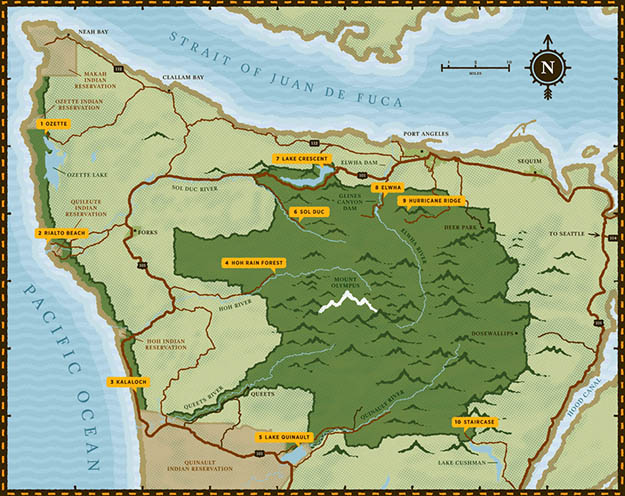
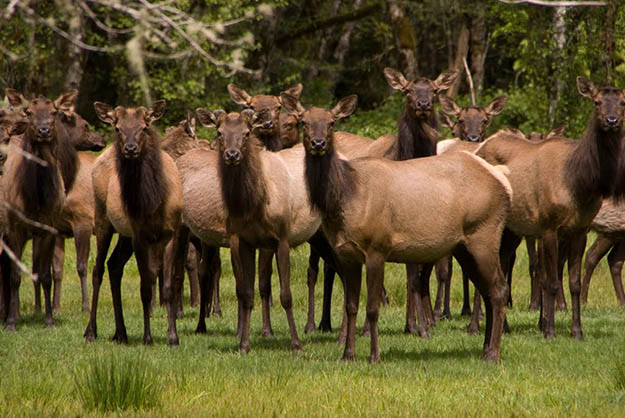
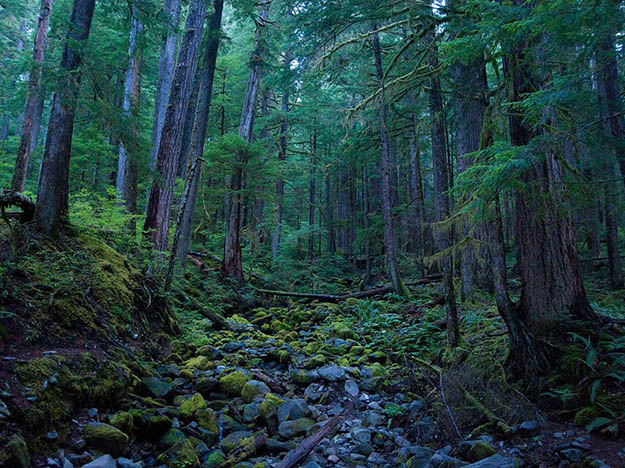
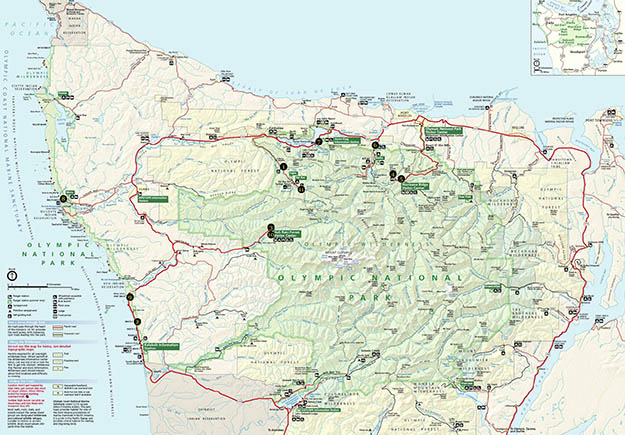
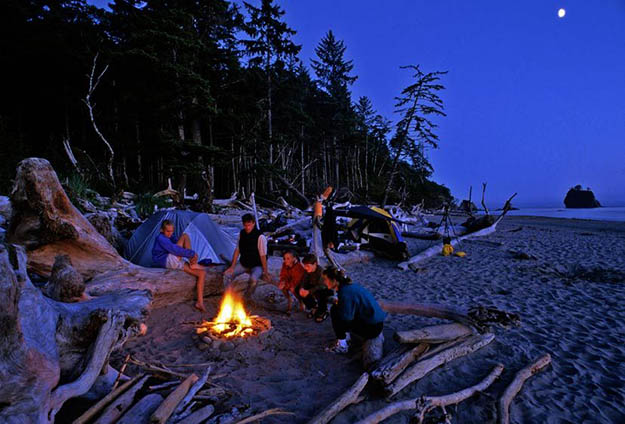
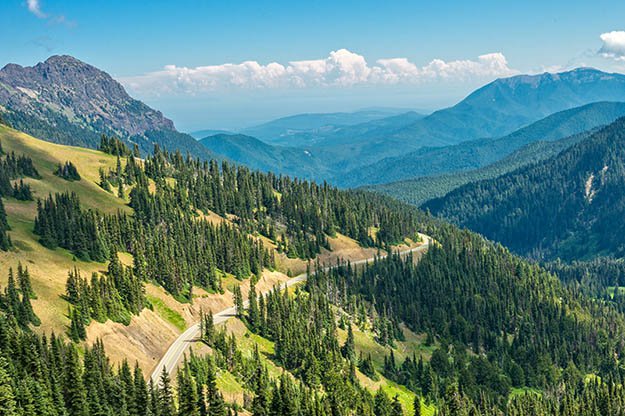
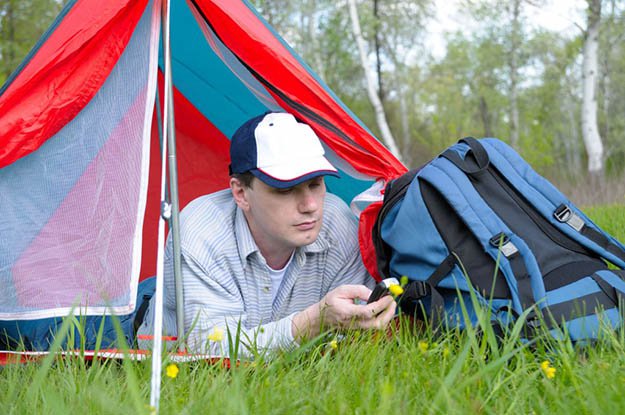
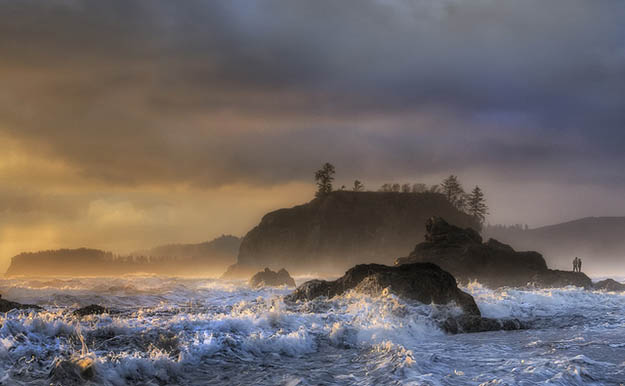
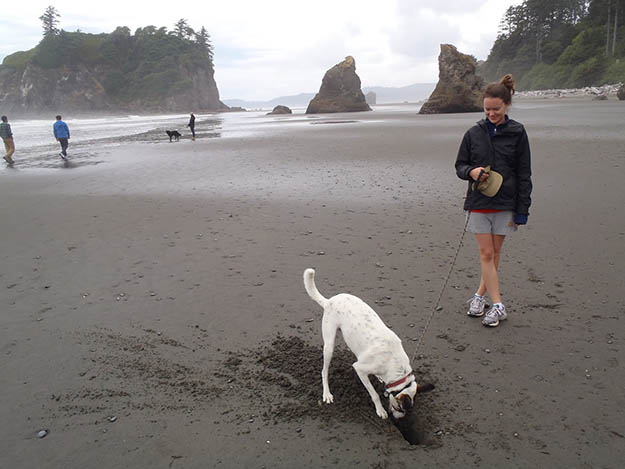
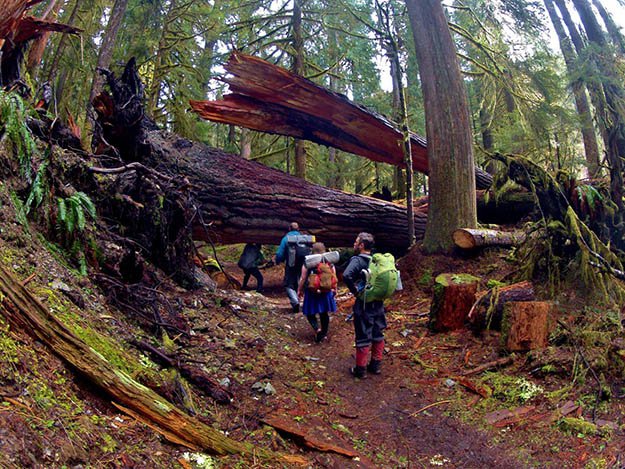
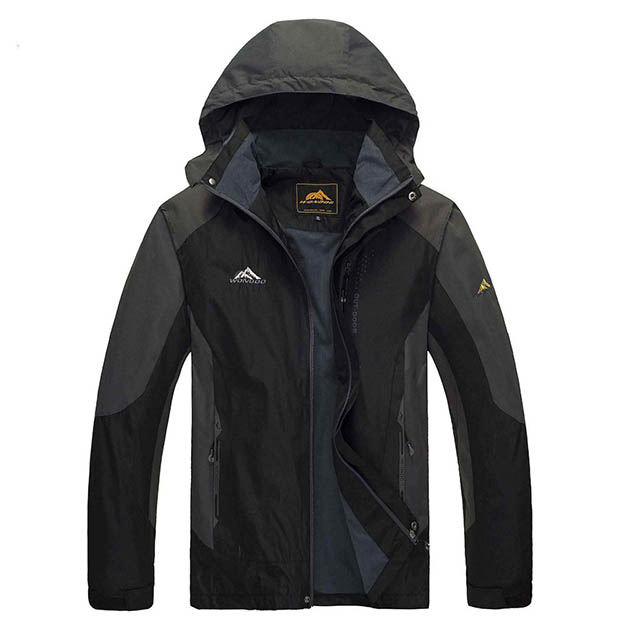
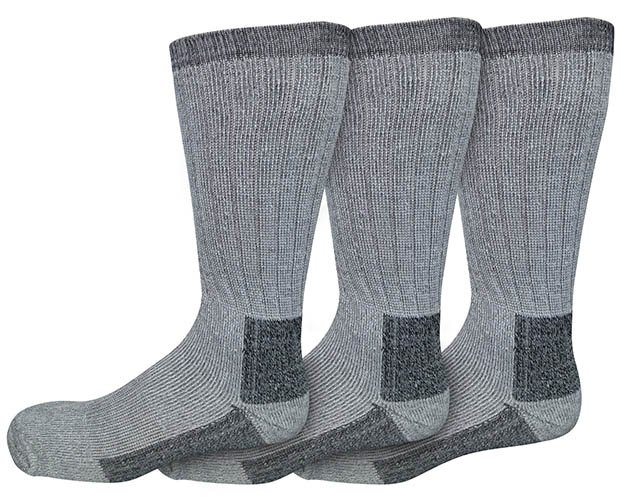
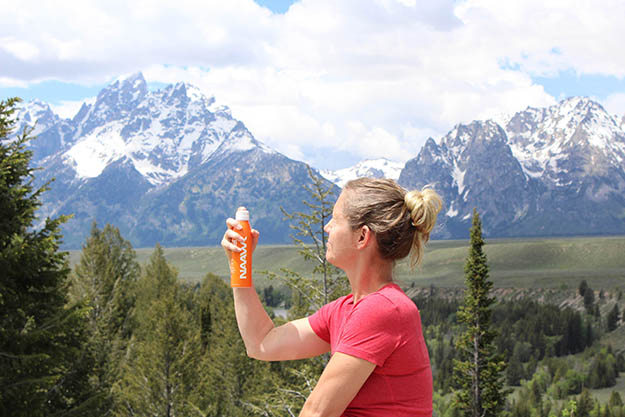
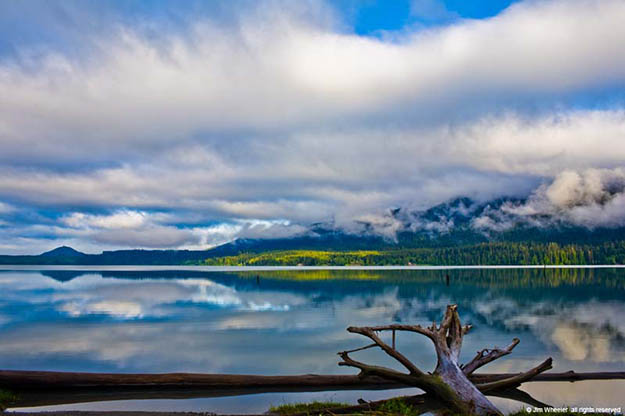
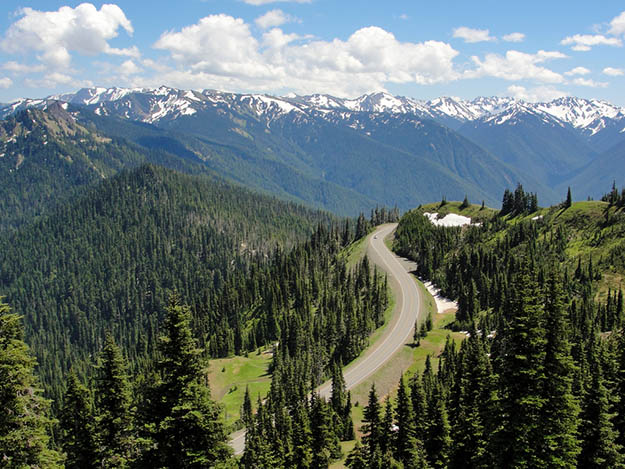
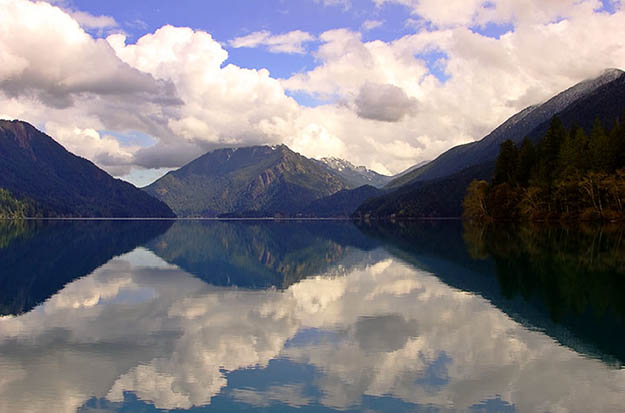
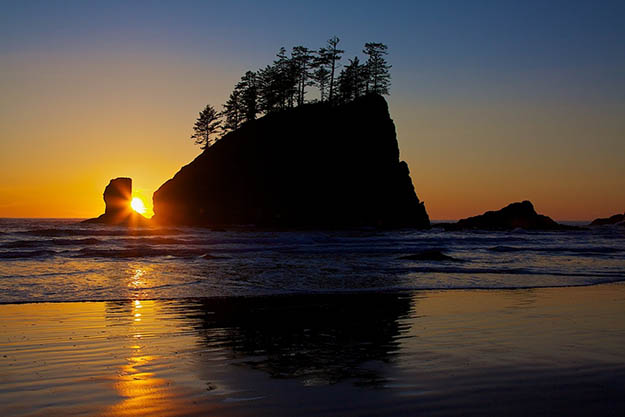

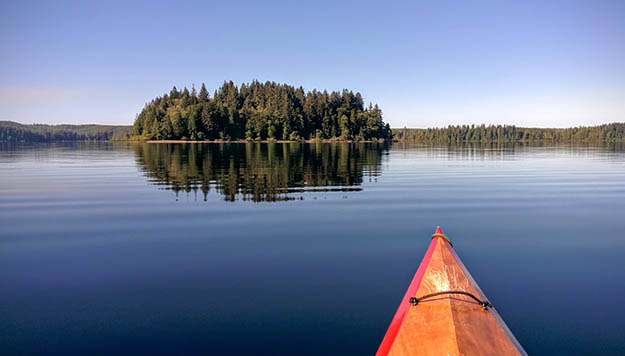
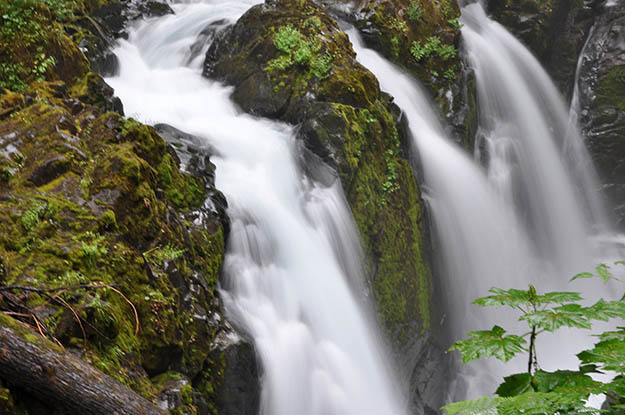
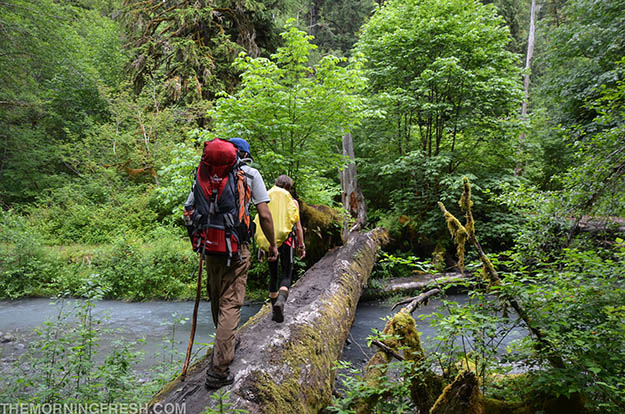
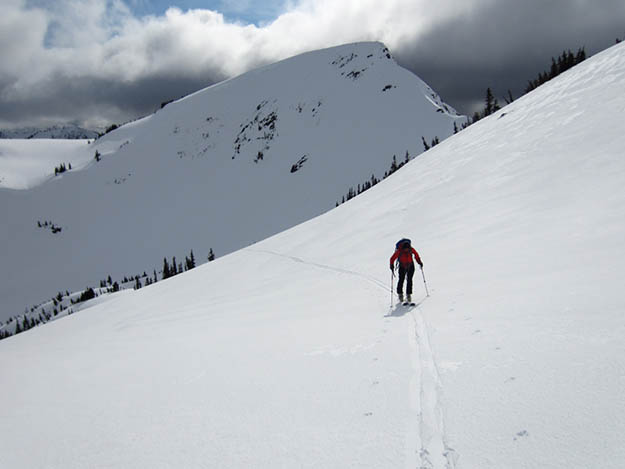
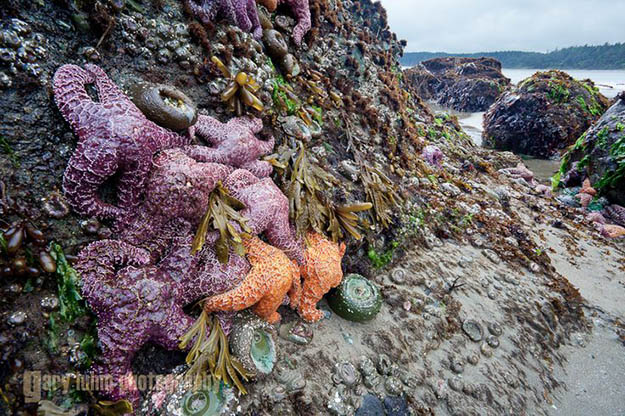
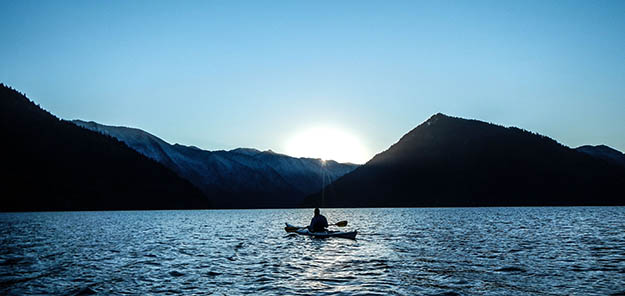
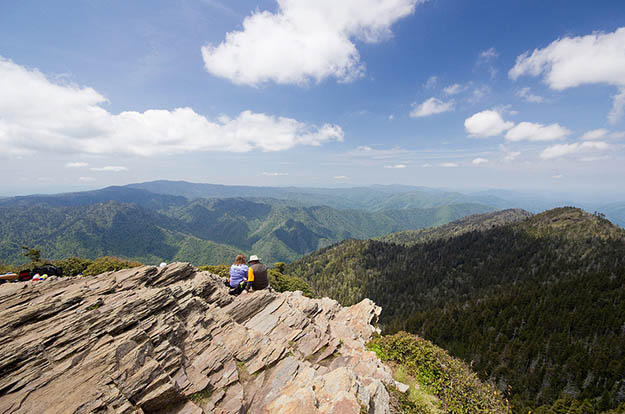
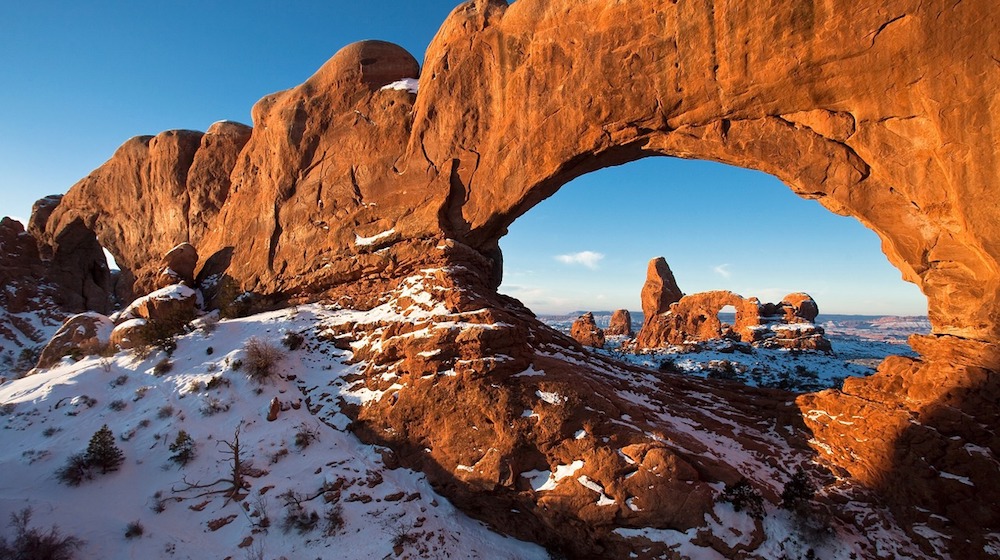
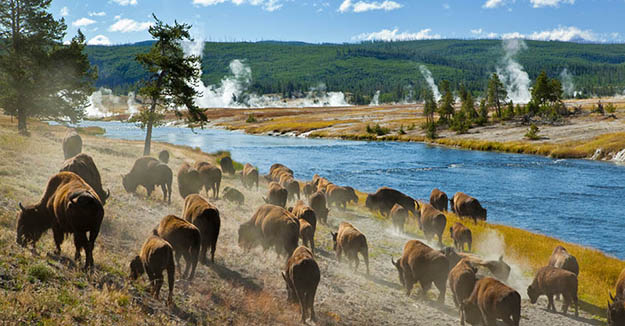
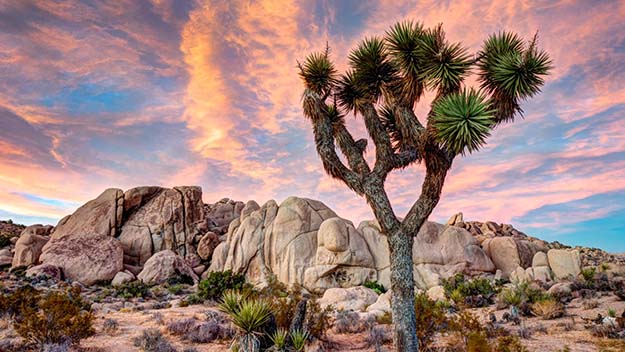
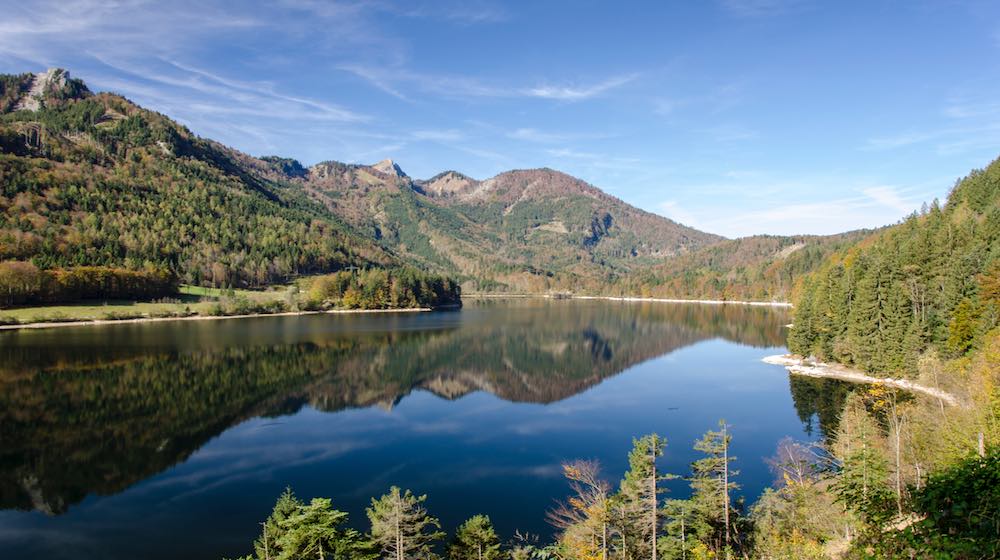
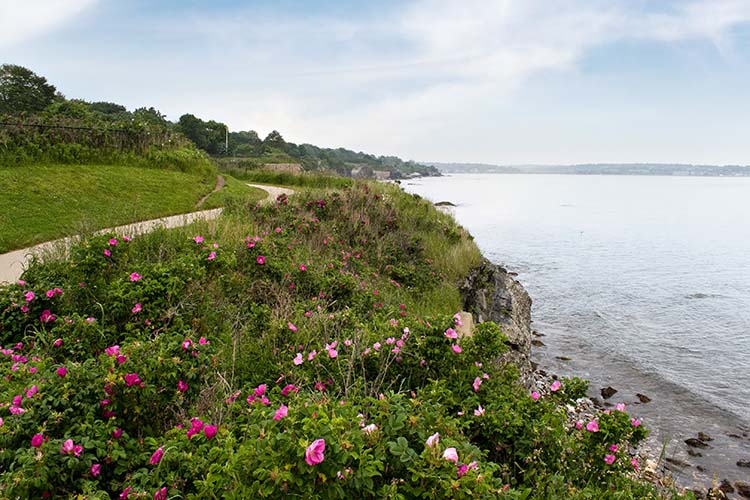

Pingback: 5 Camping Tips and Tricks | SL
Pussy888 Download
October 23, 2020 at 9:42 PM
You did a remarkable job. I’m experiencing some small security issues with my latest blog, and I’d like to find something safer. Do you have any suggestions?
XE88 Download
October 23, 2020 at 9:48 PM
Way to go! Appreciation for really being thoughtful and also for deciding on certain marvelous guides most people really want to be aware of.